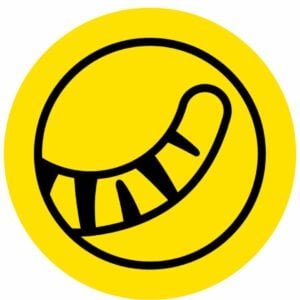Going long, also known as bullish, is buying an asset and betting on its future performance. To go short is to sell a short position, also called a bearish position, which is to sell an asset and take a bearish view of the future of that asset.
In stock trading, it is common to refer to investors who hold stocks as they are called long, while investors who do not hold stocks are called short. Those who buy stocks are called long, while those who sell them are called short.
Here is an example:
Frank is a chicken farmer. Through his observation, he found that there are more farmers raising chickens this year, and the supply of eggs has increased a lot. Supply exceeds demand, and the price will fall.
So Frank went to Rose in the same village and said, “Since you have a lot of eggs here, you can’t sell them all in a short time. Why don’t you lend me 100 kilograms and I will pay you back every two days?”
Rose is on good terms with Frank. Thinking that there are a lot of eggs recently, she loans 100 kilograms of eggs to Frank. Once he has the eggs, Frank resells them for $500 at the market price of $5 a kilo. A few days later, the price of eggs drops, to $3 a kilogram.
Frank then goes to a supermarket and buys 100 kilograms of eggs for $300 and gives them back to Rose.
By doing this, Frank made a difference of $200. This is a small case of short selling.
The concept of long and short first came from the foreign exchange market, and then gradually spread to other trading markets. So whether it’s stocks, futures, options, etc., you can see both long and short options.
It should be noted that in daily life, the interest rate of borrowing money is mostly fixed, but the interest rate of borrowing stock is fluctuating. It will change with stock fluctuations and the supply of securities in the market.
Therefore, there is a cost to shorting, and extra attention needs to be paid to shorting reference rates when operating.


